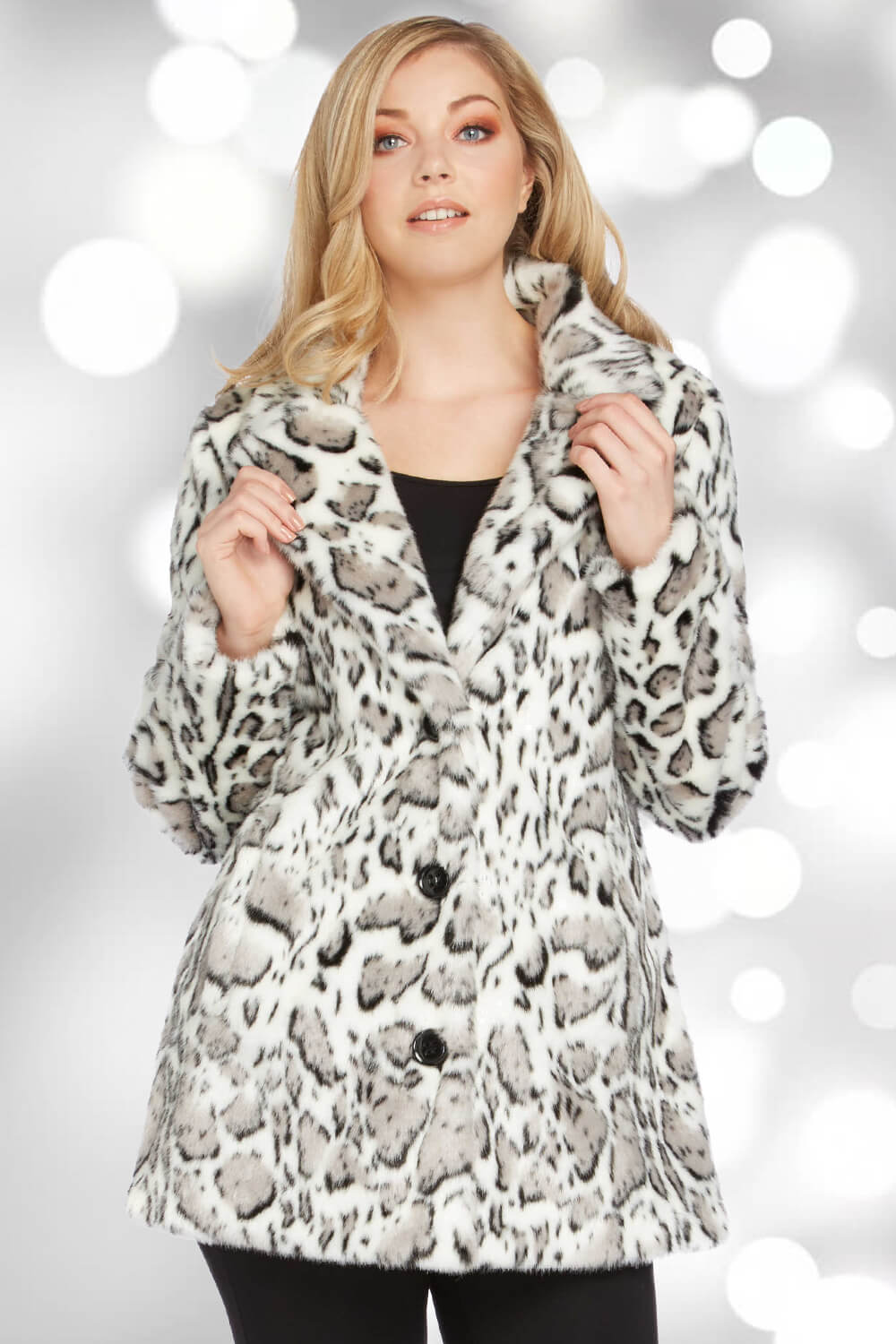

Tourists, or locals, may be lucky enough to enjoy an encounter with one of the many mammals residing in the State, some of which are found nowhere else in the world.įlorida’s tropical climate and diverse biosphere are home to various land and aquatic mammals. Going gray - for whatever reason - might give your dog a new look.The Sunshine State, otherwise known as Florida, regularly teems with tourists, but far from the bustling crowd, there are also some special mammals that you won’t find elsewhere. It also includes essential fatty acids that promote a coat with increased shininess and softness. Its formula is designed to help with brain function, energy and vitality and healthy immune and digestive systems.
Gray fur animal age plus#
The breakthrough nutrition found in the Science Diet ® food is made with Hill's proprietary recipe of natural ingredients including fruits, vegetables, fatty acids and antioxidants plus added vitamins, minerals and amino acids - all of which work together to fight the effects of aging. For instance, Hill's ® Science Diet ® Youthful Vitality was developed with the changing biology of pets ages seven and above in mind. While it doesn't reverse the causes of graying in your dog, the best senior formulated dog foods offer a nutritional formula that works to ease the effects of aging. It's also a lot easier to notice a gray muzzle on a dog with darker hair than say a West Highland white terrier.ĭogs that have reached their senior years may benefit from switching to a senior dog food. Genetics plays a large roll in the graying process of your dog as certain breeds or lineages have a predisposition for graying earlier than others. Small and medium breeds (up to 50 pounds) can be considered a senior at around age seven. For instance, giant breed dogs (those that weight 91 pounds or more) can be considered senior by the time they turn five, according to the American Veterinary Medical Association (AVMA). Typically, dogs enter their senior years between the ages of seven and ten, but depending on your dog's size it might be even younger. Typically, a graying muzzle or face is a sign your dog is entering his senior years. Because it could be health-related, you should consult with your veterinarian if your dog starts graying. For instance, premature graying of the muzzle is one sign your dog might have hypothyroidism. A study of 400 dogs, published in Applied Animal Behaviour Science, discovered that dogs that experience high levels of anxiety, are impulsive or have fearful responses to strange people, animals and noises are linked to premature graying - not much different to when you hear people say things like, "you're the reason I am going gray."Ī graying muzzle may also indicate a health issue. While typically a sign of an aging dog, a gray muzzle can also be found in dogs as young as one year old. And just like humans, some dogs turn gray much earlier in life than others.

Because dogs age faster than humans, they turn gray sooner than their pet parents. Gray hair on a dog's face and around his muzzle is a natural occurrence as he ages - just like turning gray is a natural occurrence for humans. Does a gray muzzle mean he's becoming a senior dog? Or is it a sign that something is wrong? And now his hair, especially around his muzzle, is turning gray. As a pet parent with an adopted dog, you might not know your dog's exact age.


 0 kommentar(er)
0 kommentar(er)
